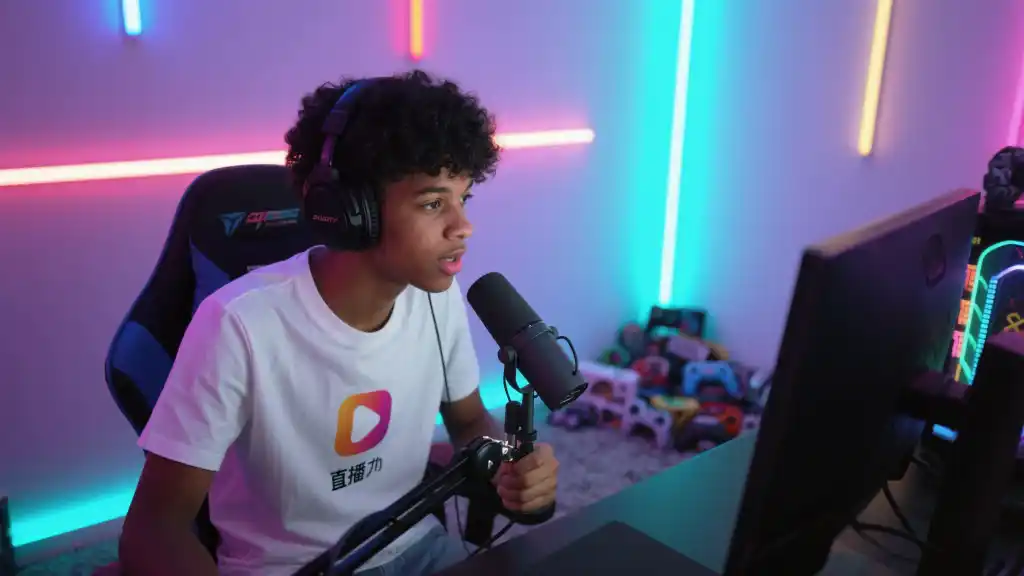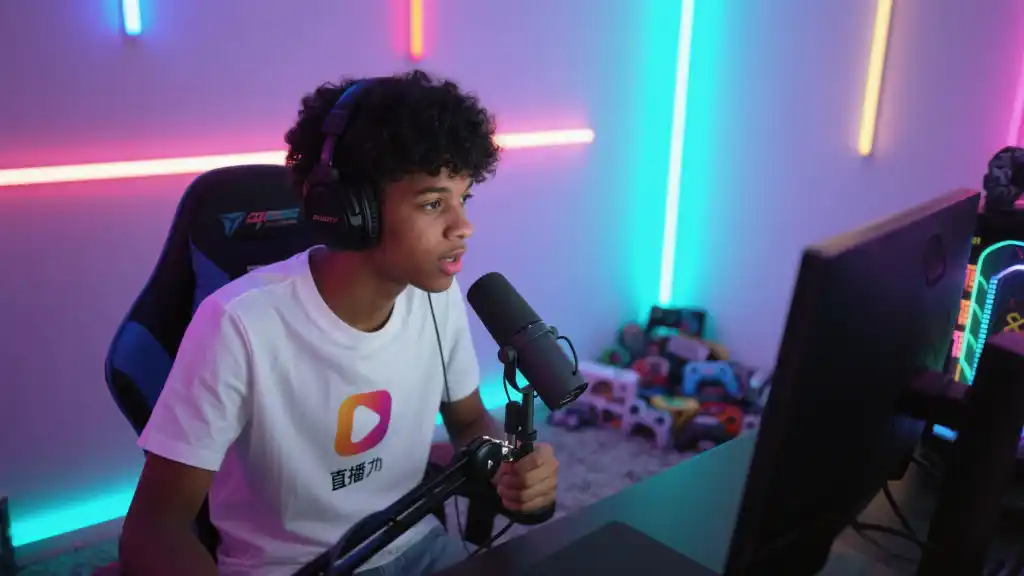Article directoryCloseOpen
In this guide, we’ll walk you through the essential setup needed for streaming your Nintendo Switch games, including hardware recommendations, software choices, and configuration tips. You’ll learn how to optimize your stream quality to keep viewers hooked and ways to personalize your channel to reflect your unique gaming style.
We’ll also cover practical strategies for building your audience, interacting with viewers during live streams, and leveraging social media to expand your reach. Plus, we’ll share tips on how to monetize your channel and turn your passion for gaming into a potential income source.
With step-by-step instructions, insightful tips, and essential resources, this guide aims to make your streaming experience smooth and enjoyable. So grab your controller, and get ready to take your Nintendo Switch streaming to the next level. Join us as we dive into the exciting world of gaming live streams and transform your gameplay into an unforgettable experience for you and your audience!
## Setting Up Your Nintendo Switch for Streaming
To kick off your streaming journey, you need to ensure your Nintendo Switch is properly set up for live broadcasting. The first step involves connecting your console to a capture card, which plays a crucial role in transferring gameplay footage to your computer for streaming. Make sure to select a capture card that supports high-definition video transmission. The Elgato HD60 S is a popular choice among streamers because of its user-friendly setup and excellent quality.
Hardware Requirements
Here’s what you need to get rolling:
Capturing Your Gameplay
Once everything is connected, it’s time to capture your gameplay. Install the software on your computer, following on-screen instructions to configure your settings. Ensure your capture card is selected as the video source. In OBS, you can do this by clicking on the ‘Sources’ panel, then adding a new source and selecting your capture card.

Optimizing Stream Settings
Setting up the perfect stream isn’t just about hardware; it’s about configuring your settings as well. Here’s where it gets technical, but don’t worry, I’ll break it down!
Key Streaming Settings
Here’s a quick checklist of settings you should adjust in your streaming software:
Table of Streaming Settings
To give you a clearer picture, here’s a simple layout of recommended settings.
| Setting | Recommended Value | Notes |
|---|---|---|
| Resolution | 1920×1080 | Standard HD |
| Frame Rate | 60 FPS | Smooth gameplay |
| Bitrate | 2500-6000 Kbps | Ensure good quality |
| Keyframe Interval | 2 seconds | Recommended for Twitch |
Engaging Your Audience
Creating engaging content goes beyond just sharing your gameplay. Interacting with your audience can significantly enhance their viewing experience. Use a chat feature, encouraging viewers to ask questions or give feedback. This interaction not only makes your stream feel dynamic but also builds a community around your channel.
Best Practices for Engagement
Keeping your audience engaged helps in building your channel’s reputation, leading to a steady increase in followers.
Promoting Your Stream
Once you’ve got the gameplay and engagement down, it’s time to promote your channel! Use social media platforms like Twitter, Instagram, and TikTok to share clips of your streams, announce stream schedules, and engage with your community outside streaming hours.
Simple Promotion Tips
With these practices, your Nintendo Switch streams will not only be engaging but also reach a wider audience, laying the groundwork for a successful streaming career.

Improving the quality of your stream is essential for keeping your audience engaged and attracting new viewers. Start by ensuring that you’re streaming at the best resolution possible, ideally at 1080p. This clear visual helps to maintain the quality of your content, making it more enjoyable for viewers. Alongside this, a bitrate between 2500 and 6000 Kbps strikes a balance between clarity and capacity, ensuring smooth playback without overwhelming your internet connection. Achieving a steady frame rate of 60 FPS helps create fluid motion during gameplay, making those fast-paced action scenes look crisp and sharp on screen.
Lighting and audio play significant roles in overall stream quality as well. Good lighting can make a huge difference in how you appear on camera, helping to reduce shadows and enhance visibility. Consider using softbox lights or ring lights to illuminate your face and surroundings effectively. On the audio front, a clear and balanced sound can make your stream far more enjoyable. Invest in a quality microphone to capture your voice clearly and eliminate background noise. This combination of excellent visual and audio quality not only presents a professional image but also significantly enhances the viewer experience, encouraging them to stick around for more.
Frequently Asked Questions (FAQ)
What equipment do I need to stream my Nintendo Switch?
To stream your Nintendo Switch, you’ll need a capture card, a computer with streaming software, a good microphone, and a stable internet connection. A webcam can also enhance your stream by allowing viewers to see you while you play.
How do I improve my stream quality?
Improving your stream quality involves several factors: ensure you stream at 1080p resolution, use a bitrate of 2500-6000 Kbps, and maintain a frame rate of 60 FPS. Additionally, optimizing your lighting and audio can significantly enhance viewer experience.
Can I stream on Twitch with a low-end computer?
It’s possible to stream on Twitch with a low-end computer, but the quality may suffer. Make sure your computer meets the minimum requirements for running your streaming software and consider lowering your resolution and bitrate settings to reduce the load on your system.
How can I grow my audience while streaming?
To grow your audience, engage with viewers by responding to their comments, ask questions, and collaborate with other streamers. Use social media to promote your streams and share highlights to attract new viewers. Consistency is key, so establish a streaming schedule.
What are some common mistakes to avoid while streaming?
Common mistakes include ignoring viewer interaction, streaming at poor quality settings, and not having a clear streaming schedule. Additionally, overlooking promotions can lead to a lack of viewership, so invest time in marketing your streams effectively.
